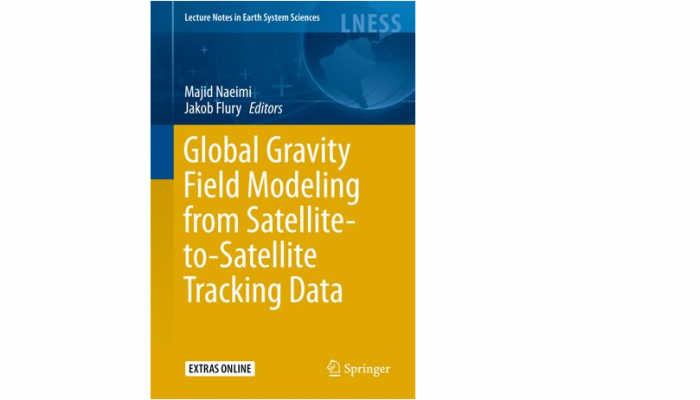
With the launch of the GRACE Follow-On twin satellites in 2018, the fundamentals and details of Satellite-to-Satellite Tracking (SST) measurements between low Earth orbiters find a lot of interest these days. The low-low SST technique was very successfully pioneered by the GRACE mission (2002-2017). The pair of satellites of GRACE Follow-On, a joint NASA/GFZ mission, carries two independent and complementary SST systems: the well-proven micrometer precision K-band system of GRACE, and in addition, an experimental laser ranging interferometer with even higher precision. The mission has recently completed its In-Orbit-Calibration phase, and science data are scheduled to be publicly released later in 2019. They will be used by research groups all over the world for the recovery of the time-variable gravity field of the Earth and for the determination of large-scale mass redistribution in the Earth system, a task that is now also addressed by IAG’s new Combination Service for Time-Variable Gravity Field Solutions (COST-G). The mathematical approaches for gravity recovery from SST data have been addressed by the international Wilhelm und Else Heraeus autumn school “Global Gravity Field Modeling from Satellite-to-Satellite Tracking Data” held from October 4 to 9, 2015, in Bad Honnef, Germany. The lecture notes of the school, written by leading authors on the field, have been collected and published under the same title as Springer Earth System Science Lecture Notes, edited by Majid Naeimi and Jakob Flury. The approaches addressed are the acceleration approach, the energy balance approach, and the classical or variational approach. In addition, the related subjects of orbit determination and parameter estimation are included. All data and programs for the exercises of the school as well as their solutions are available in a supplementary online repository.
In January of this year, at the workshop of the COST-G working group at ISSI in Bern, I had the pleasure to present the book to Richard Biancale (CNES/GFZ). He passed away – out of the blue – three weeks later, on Feb 4, while skiing in the Bavarian Alps. Richard was very important in advancing our field in many ways, being strongly involved in international scientific collaboration. Let’s continue his legacy and honor his merits. We miss him.
Hannover, Feb 27, 2019, Jakob Flury and Majid Naeimi
